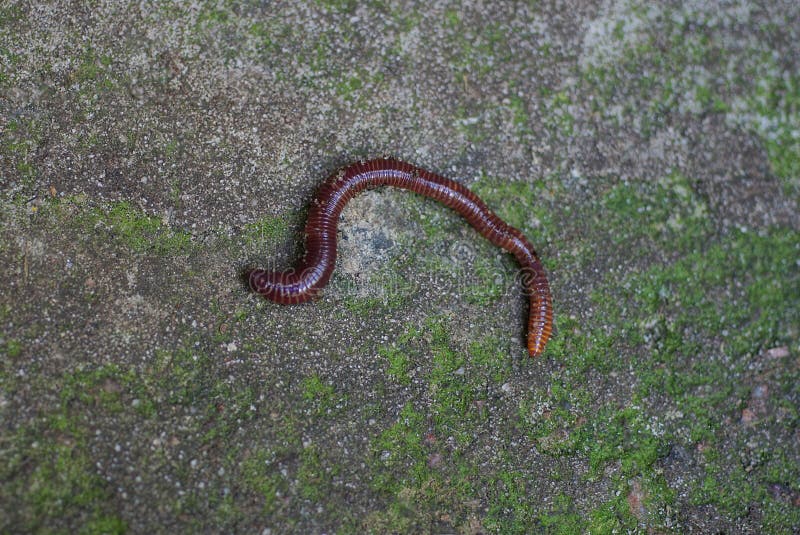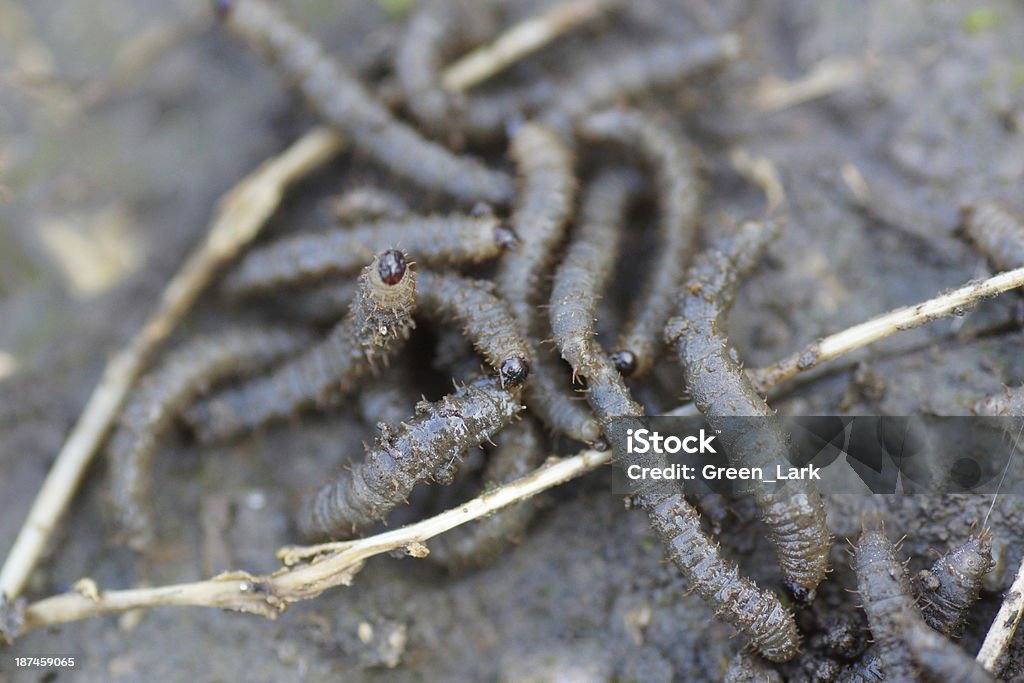Gray worms, also known as earthworms or soil worms, play a crucial role in maintaining soil fertility and ecosystem balance. These fascinating creatures are essential for agriculture, gardening, and environmental sustainability. Understanding their behavior, habitat, and contribution to soil health can help us appreciate their importance in our ecosystems.
As we delve deeper into the world of gray worms, we will explore their biological characteristics, ecological significance, and the ways they impact our environment. Whether you're a gardener, farmer, or environmental enthusiast, this article will provide valuable insights into the role these creatures play in maintaining healthy soils.
By the end of this article, you will have a comprehensive understanding of gray worms, their benefits, and how to support their populations in your garden or farm. Let's embark on this journey to uncover the hidden world beneath our feet.
Read also:When Did Slavery End In The Usa A Historical Journey To Freedom
Table of Contents
- Biography of Gray Worms
- Anatomy and Structure
- Habitat and Distribution
- Ecological Role of Gray Worms
- Benefits of Gray Worms in Agriculture
- Threats to Gray Worm Populations
- Conservation Efforts for Gray Worms
- Gray Worms in Organic Farming
- Composting with Gray Worms
- The Future of Gray Worm Research
Biography of Gray Worms
Gray worms are a species of earthworms that belong to the family Lumbricidae. These worms are found in various parts of the world and are known for their ability to improve soil structure and fertility. Below is a table summarizing their key characteristics:
| Characteristic | Details |
|---|---|
| Scientific Name | Lumbricus terrestris |
| Average Length | 6-8 inches |
| Lifespan | 4-8 years |
| Habitat | Soil, gardens, forests |
| Diet | Organic matter, decaying leaves |
Gray worms are hermaphrodites, meaning they possess both male and female reproductive organs. However, they require a mating partner to reproduce. Their lifecycle includes egg, juvenile, and adult stages, with each stage contributing to soil health.
Anatomy and Structure
The anatomy of gray worms is fascinating and highly adapted to their environment. Their bodies are segmented, with each segment playing a specific role in movement, digestion, and reproduction.
- Segmented Body: Gray worms have approximately 150 segments, each containing muscles and nerves.
- Setae: Small bristles on their body help them move through soil.
- Clitellum: A swollen band near the front of the worm that produces cocoons for reproduction.
Understanding their anatomy provides insight into how they function and thrive in their habitat.
Habitat and Distribution
Gray worms are commonly found in temperate regions, particularly in North America, Europe, and Asia. They prefer moist, well-aerated soils rich in organic matter.
Studies show that gray worms thrive in environments with pH levels between 5.0 and 8.0. According to research published in the Journal of Soil Science, soil moisture levels significantly affect their population density.
Read also:4 Uk A Comprehensive Guide To Understanding The United Kingdoms Four Nations
Ecological Role of Gray Worms
Gray worms are vital for maintaining ecological balance. They contribute to:
- Soil Aeration: Their movement through soil creates tunnels that improve aeration and water infiltration.
- Decomposition: They break down organic matter, recycling nutrients back into the soil.
- Carbon Sequestration: By processing organic material, they help store carbon in the soil.
These functions make gray worms indispensable in both natural and agricultural ecosystems.
Benefits of Gray Worms in Agriculture
In agriculture, gray worms enhance soil fertility and improve crop yields. Farmers and gardeners benefit from their ability to:
- Increase nutrient availability
- Reduce soil compaction
- Enhance water retention
A study by the Food and Agriculture Organization (FAO) highlights the importance of earthworms in sustainable farming practices.
Threats to Gray Worm Populations
Despite their importance, gray worms face numerous threats:
- Pesticide Use: Chemicals used in agriculture can harm worm populations.
- Climate Change: Extreme weather conditions affect soil moisture and temperature.
- Soil Erosion: Loss of topsoil reduces suitable habitats for worms.
Addressing these threats is crucial for preserving gray worm populations.
Conservation Efforts for Gray Worms
Conservation initiatives focus on creating worm-friendly environments. Practices such as:
- No-till farming
- Organic mulching
- Reduced pesticide use
are effective in supporting gray worm populations. Organizations like the Soil Association promote these methods globally.
Gray Worms in Organic Farming
Organic farmers rely heavily on gray worms to maintain soil health. These worms improve soil structure, increase microbial activity, and enhance nutrient cycling.
Research conducted by the Rodale Institute demonstrates that earthworm populations in organic farms are significantly higher than in conventional farms.
Composting with Gray Worms
Vermicomposting, or composting with gray worms, is a popular method for recycling kitchen waste. Worms process organic material into nutrient-rich compost, which can be used in gardens and farms.
Benefits of vermicomposting include:
- Reduced waste
- Improved soil fertility
- Lower greenhouse gas emissions
The Future of Gray Worm Research
Scientific research on gray worms continues to evolve. Advances in genomics and biotechnology offer new insights into their biology and ecological roles.
Future studies aim to explore:
- Worm behavior in different soil types
- Impact of climate change on worm populations
- Genetic adaptations to environmental stressors
These efforts will enhance our understanding of gray worms and their contributions to ecosystem health.
Conclusion
Gray worms are essential for maintaining soil health and ecological balance. Their role in agriculture, gardening, and environmental sustainability cannot be overstated. By understanding their biology, habitat, and ecological significance, we can better support their populations and promote sustainable practices.
We encourage readers to take action by:
- Implementing worm-friendly farming techniques
- Starting a vermicomposting system at home
- Sharing this article with others to raise awareness
Together, we can ensure a brighter future for gray worms and the ecosystems they support.


